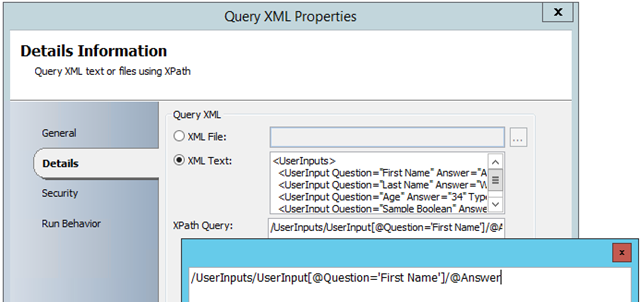I needed a quick script to include in my runbooks – one to create the home drive for my new user process. I got the base for this off the internet ( https://activedirectoryfaq.com/2017/09/powershell-create-home-directory-grant-permissions/ ) but I wanted to add a little bit of checking to see if the file existed first, etc.
param([Parameter(Mandatory=$true)][String]$samAccountName)
$User = Get-ADUser -Identity $samAccountName -Properties l
$office = $User.l
$homePath = "\\my.netork\user$\" + $Office + "\{0}" -f $samAccountName
if($User -ne $Null) {
#check home path to make sure one doesn't already exist
[string]$homepathtest = Test-Path $homePath
If ($homepathtest -eq "False")
{
#create home drive
$homeShare = New-Item -path $homePath -ItemType Directory -force -ea Stop
$acl = Get-Acl $homeShare
#permissison home drive
$FileSystemRights = [System.Security.AccessControl.FileSystemRights]"Full"
$AccessControlType = [System.Security.AccessControl.AccessControlType]::Allow
$InheritanceFlags = [System.Security.AccessControl.InheritanceFlags]"ContainerInherit, ObjectInherit"
$PropagationFlags = [System.Security.AccessControl.PropagationFlags]"InheritOnly"
$AccessRule = New-Object System.Security.AccessControl.FileSystemAccessRule ($User.SID, $FileSystemRights, $InheritanceFlags, $PropagationFlags, $AccessControlType)
$acl.AddAccessRule($AccessRule)
Set-Acl -Path $homeShare -AclObject $acl -ea Stop
Write-Host ("HomeDirectory created at {0}" -f $homePath)
}
If($homepathtest -eq "true") {
Write-Host ("Home Directory at {0} already exists" -f $homePath )
}
#
}








